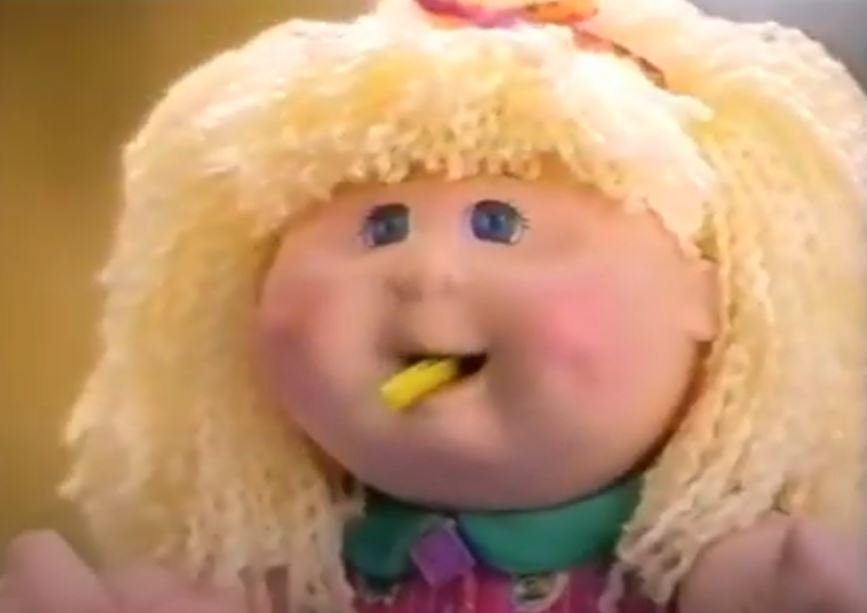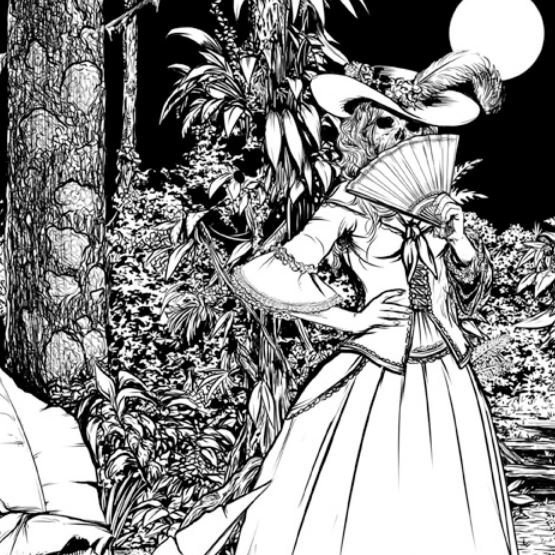The Cursed Japanese Kleenex Commercial
In 1985 a commercial went out in Japan that quickly elicited panicked calls from the public. Though the commercial advertised the popular tissue product Kleenex, the contents of the commercial were found to be disturbing and terrifying.
Soon rumors of a curse spread, claiming that those involved and those who watched would meet a terrible fate. But just how real was this curse?
The Legend of The Cursed Kleenex Commerical
In case you didn’t watch the commercial above, the quick ad features a woman dressed in white next to a child dressed as an Oni or a Japanese Ogre, sometimes described as a demonic ogre. The woman pulls out a tissue from a Kleenex box and lets it float off in the air as the child Oni looks on. In the background, the original a capella version of the song “It’s a Fine Day” performed by Jane is played.
Immediately after the airing of this commercial complaints flooded televisions station claiming the commercial was causing people to fall ill and experience night terrors. Some complaints claimed the song playing during the commercial was a German curse with the lyrics translating to “Die! Die! Everyone is cursed and will be killed!”
Finally, others said whenever the commercial played after midnight the woman in white would turn to the screen as her face distorted. The singer’s voice in the background would turn into the raspy voice of an old woman as the commercial froze in place for the duration of its runtime.
Due to the complaints, the commercial was taken down and replaced with another commercial featuring a baby angel playing with a kleenex tissue. But the damage had already been done and a curse was born.
Rumors swirled that those involved in making the commercial were all cursed and suffered tragic deaths. The director was said to have died in a horrific car accident while the cameraman died after being locked in a sauna.
The actress, Keiko Matsuzaka, was rumored to have given birth to an Oni herself. Based on the version of the legend you hear she either ended up taking her own life or was put in an asylum.
Return of the Cursed Kleenex Commercial
After the commercial was taken down and replaced, it wasn’t seen again until May 23rd, 2006 when it was uploaded on YouTube by user derioderio in a video entitled Japanese baby ogre kleenex commercial. The description simply read:
This is the infamous Kleenex commercial from 1986 that viewed in Japan, and is the subject of a popular urban legend where everyone involved in the commercial later died. It's all false, but the legend is still alive and kicking.
After this, the legend grew in popularity and has since been featured in various blog articles, websites, and other YouTube videos. One video from March 23rd, 2013 by the channel Shrouded Hands entitled Cursed Kleenex Commercial Changing At Midnight (WARNING - SCARY!) played an edited version where the ending becomes distorted like the legend.
Did it Happen?
No, the legend of the cursed Japanese Kleenex Commercial is not true, in fact, I’m not sure the legend even existed prior to 2006. First, the claims that the legend led to the death of the crew are verifiably not true. Keiko Matsuzaka is alive and well and still working on various television shows and movies.
Second, as far as the commercials go Kleenex didn’t put out a new angel commercial in place of the response to the ogre/oni commercial, they actually released three 30-second ads at the same time. Two featured the oni and one featured the angel. I couldn’t find any proof that the commercial was even taken down in response to complaints.
Apart from this, there is no record of the legend existing prior to 2006, I couldn’t find any articles, forums, newspapers, books, or magazines referencing this legend prior to 2006. There’s also nothing post-2006 that reference it existing prior to 2006. There are no interviews, articles, or stories where someone mentions they heard the legend prior to 2006.
Though it must have existed in some form or another since the YouTube channel derioderio calls it the “popular urban legend”. It’s possible the legend was popular in the 1980s and then wasn’t widely talked about until it reappeared in 2006. Either way, the legend has now been cemented as a popular urban legend.
Learn a Little Bit of Everything!
Myths, Mysteries, & Monsters












